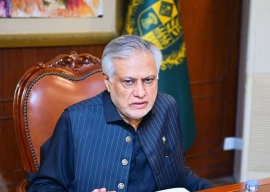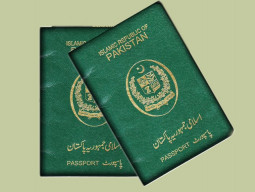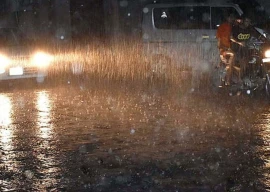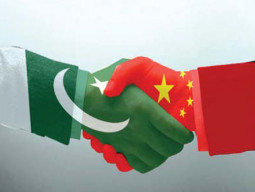
The National Education Policy (NEP) 2009 proposes an increase in the literacy rate to 86% by 2015.
That may be a distant dream given that it currently stands at 58%, and rose by merely 1% in the outgoing fiscal, according to the Economic Survey 2011-12 released on Thursday.
The NEP proposed achieving the goal by up-scaling of on-going programmes of literacy and non-formal education along with achieving ‘universal primary education’ and ensuring ‘zero-drop rates’ at the primary level.
The economic survey, however, showed that all these targets were far from being accomplished.
Citing Pakistan Social and Living Standard Measurement (PSLM) Survey 2010-11 and the last PSLM 2008-09, the economic survey said literacy remains “much higher in urban areas than in rural and much higher for men than for women.”
Punjab leads with 60% literacy followed by Sindh 59, Khyber-Pakhtunkhwa 50 and Balochistan 41.
“The overall number of enrolments during 2010-11 was 39.9 million, compared to 38.2 million during the same period last year, showing an increase of 4.4%,” the survey said, adding that enrollment is estimated to increase to 41.6 million during 2011-12. The number of teachers during 2010-11 was 1.41 million, compared to 1.39 million during the corresponding period last year, showing an increase of 1.7%.
HEC
The Higher Education Commission (HEC) awarded 590 scholarships in the post-doctoral fellowship programme which were availed by 477 scholars, out of which 449 completed studies.
During 2008-12, a total of 3,996 scholarships were awarded under different programmes – 1,650 of those scholars have completed their studies.
Next year’s allocation
The government has allocated Rs15.8 billion for higher education in the proposed Public Service Development Programme (PSDP) for fiscal 2012-2013, against Rs14 billion allocated last year.
The major chunk of the proposed allocations goes to infrastructure development including the establishment of new educational institutions and department for higher education, and upgradation and improvement of the existing facilities.
Published in The Express Tribune, June 1st, 2012.


















COMMENTS
Comments are moderated and generally will be posted if they are on-topic and not abusive.
For more information, please see our Comments FAQ